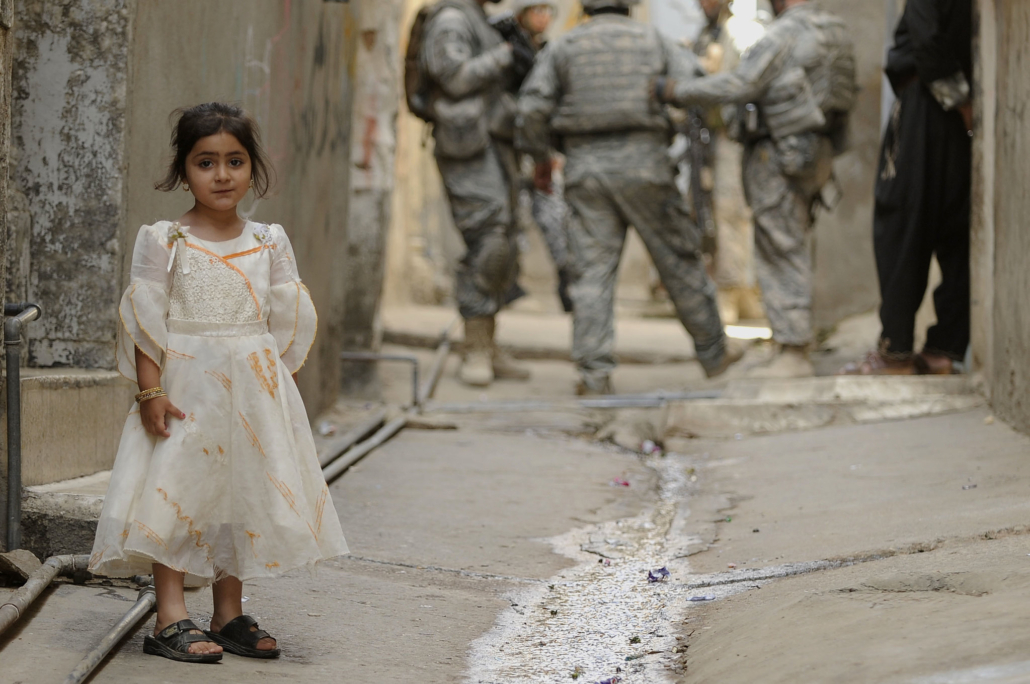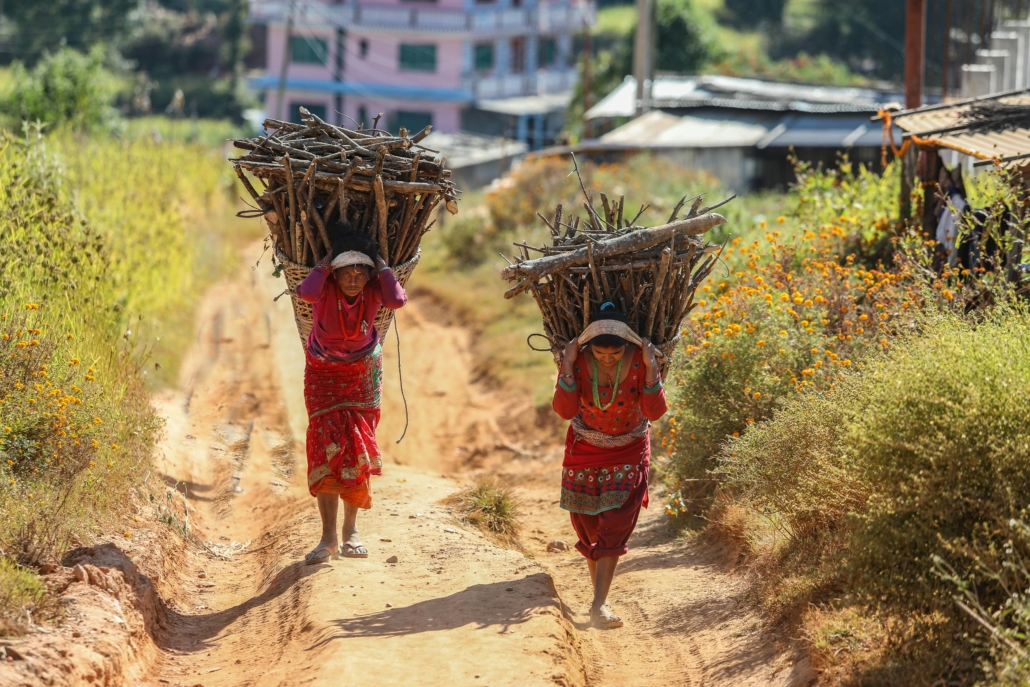 Nepal is a country known for its breathtaking views of Mount Everest along with the birthplace of Buddha. Before COVID-19 and after the pandemic in 2023, at least a million visitors would come to Nepal to check out the scenery, try out the food including momos and dal bhat, and celebrate famous Hindu holidays like Teej and Dashain. While Nepal brings in at least a million tourists a year, there is an unfortunate side of the country where about 20% of the population lives in poverty. Here is information about being poor in Nepal.
Nepal is a country known for its breathtaking views of Mount Everest along with the birthplace of Buddha. Before COVID-19 and after the pandemic in 2023, at least a million visitors would come to Nepal to check out the scenery, try out the food including momos and dal bhat, and celebrate famous Hindu holidays like Teej and Dashain. While Nepal brings in at least a million tourists a year, there is an unfortunate side of the country where about 20% of the population lives in poverty. Here is information about being poor in Nepal.
The Impact of Natural Disasters in Nepal
During 1996-2006, a Civil War took place along with an earthquake in 2015 which both still impact the economy today. The devastating earthquake that took place on Saturday, April 25th, 2015 killed about 9,000 people and left more than three million people homeless. The magnitude of the quake was 7.9.
China and India border Nepal. The fact it is landlocked makes it difficult to obtain shipments of goods from other nations. However, India and Nepal do share an open border.
The state of locals living in the country living in poverty is due to frequent natural disasters including earthquakes, floods and mudslides, caste-based discrimination, the aftermath of the civil war, and limited access to health care and education. Many houses in Nepal do not have plumbing or electricity.
Education and Water Access in Nepal
Many parents struggle to afford schooling for their children, leading to many kids having no access to learning. With children lacking education, it is extremely difficult to obtain better opportunities for them.
Many rural Nepali homes do not have running water, resulting in people having to find the nearest pond to bathe in and leading to a spread in disease. Many people who live in the rural parts of Nepal do not have access to transportation to go to a hospital. Additionally, in many instances, health care is not available, so many rely on home remedies or just hoping that their sickness is not serious and that time will eventually heal it.
Being Poor in Nepal
About 42% of Nepal’s population was living below the poverty line in 1995 but it dropped to 20% in 2022. Though this made a drastic difference over 27 years, 20% is still a significant amount to be living in poverty. Fortunately, some organizations are addressing poverty in Nepal.
The American Himalayan Foundation
The American Himalayan Foundation started in 1981 and is based in San Francisco, California. It addresses several challenges in Nepal, such as human trafficking prevention, and improving education and health care.
Human trafficking is a global issue that many people especially women and children are victims of. According to the American Himalayan Foundation, they have concluded that more than 20,000 young girls from poorer parts of Nepal are taken away from their families. These girls and their families were tricked into believing they were going to receive better opportunities but instead, traffickers forced them into working in areas like factories and brothels.
The American Himalayan Foundation has come up with strategies to prevent more girls from being trafficked and how they can save girls who have already fallen victim to it. The organization builds schools as a location to keep girls safe, making trips to these schools four times a year to see how children are doing and providing them school essentials like backpacks and pencils. It has educated families on the dangers of human trafficking including how it happens and its effects on the children.
About 27% of Nepalis under the age of 15 suffer from different types of disabilities. For little or no cost, the American Himalayan Foundation has funded a world-class orthopedic hospital to treat patients with disabilities.
Outreach International
Outreach International is just one of the organizations that has been helping reduce poverty Nepal, especially during catastrophic events. The company originated in 1979 and it currently works in 10 countries including Nepal, India, the Philippines, Cambodia and Malawi.
Outreach International has brought clean water, nutritional meal options and health care to communities in Nepal. “When people gain the knowledge to improve the conditions of their lives, all of Nepal can move toward a more prosperous and equitable future.”
Looking Ahead
While Nepal is a country known for its unique natural landscape and the founder of Buddhism, being poor in Nepal has many challenges. However, fortunately, multiple organizations are doing their best to address the circumstances of poverty in Nepal and will hopefully reduce it moving forward.
– Cheyenne Kitchel
Cheyenne is based in Akron, OH, USA and focuses on Global Health for The Borgen Project.
Photo: Pexels
 Bangladesh is
Bangladesh is  Currently, the Global Organized Crime Index rates Libya as one of the worst places for human trafficking, with a high
Currently, the Global Organized Crime Index rates Libya as one of the worst places for human trafficking, with a high 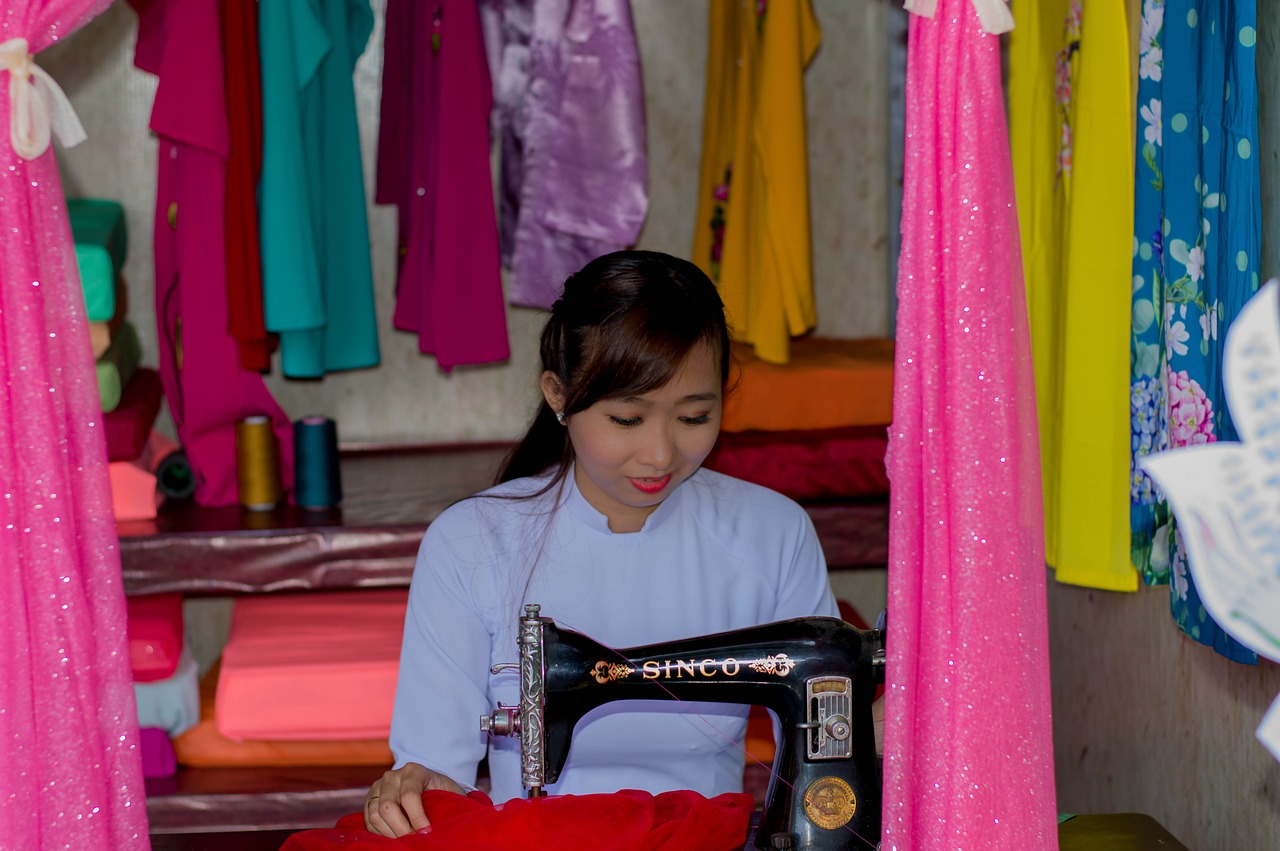
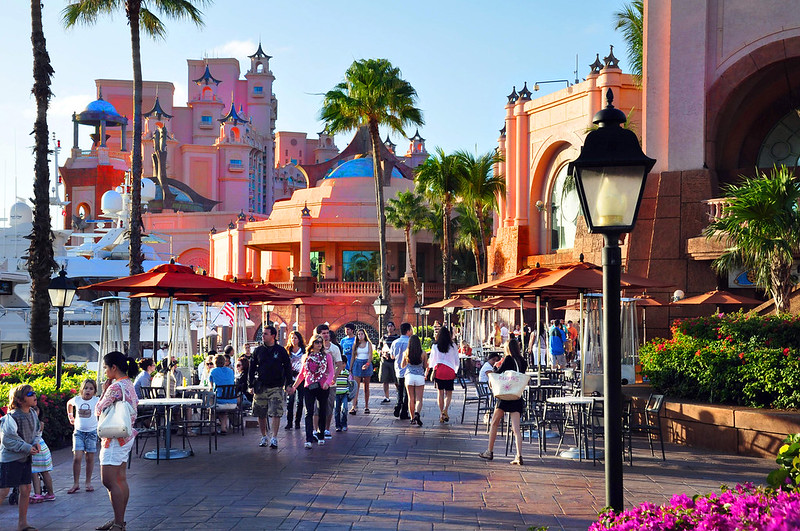

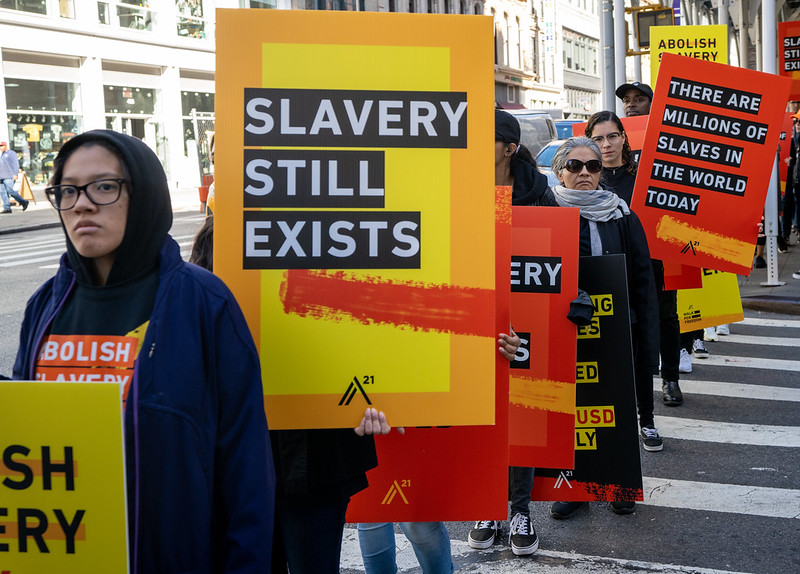 There are several reasons why people flee their home countries. War, persecution, climate disaster, hunger and extreme poverty all create circumstances that encourage people to seek out a better, more stable life. UNHCR noted
There are several reasons why people flee their home countries. War, persecution, climate disaster, hunger and extreme poverty all create circumstances that encourage people to seek out a better, more stable life. UNHCR noted 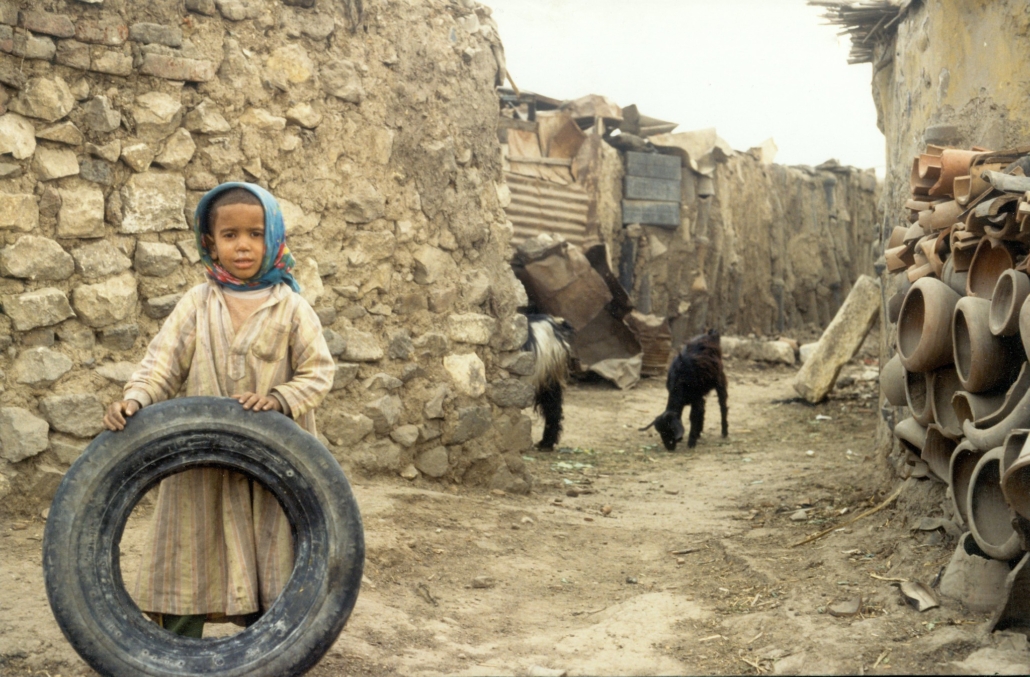
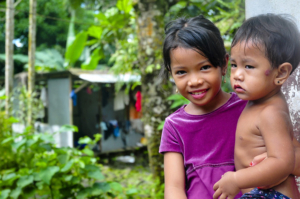 The Federated States of Micronesia is an archipelago consisting of 607 islands and islets. It is located in the western Pacific Ocean, roughly 1,000 miles from Papua New Guinea. Micronesia has a small population of 113,800 people, and
The Federated States of Micronesia is an archipelago consisting of 607 islands and islets. It is located in the western Pacific Ocean, roughly 1,000 miles from Papua New Guinea. Micronesia has a small population of 113,800 people, and 